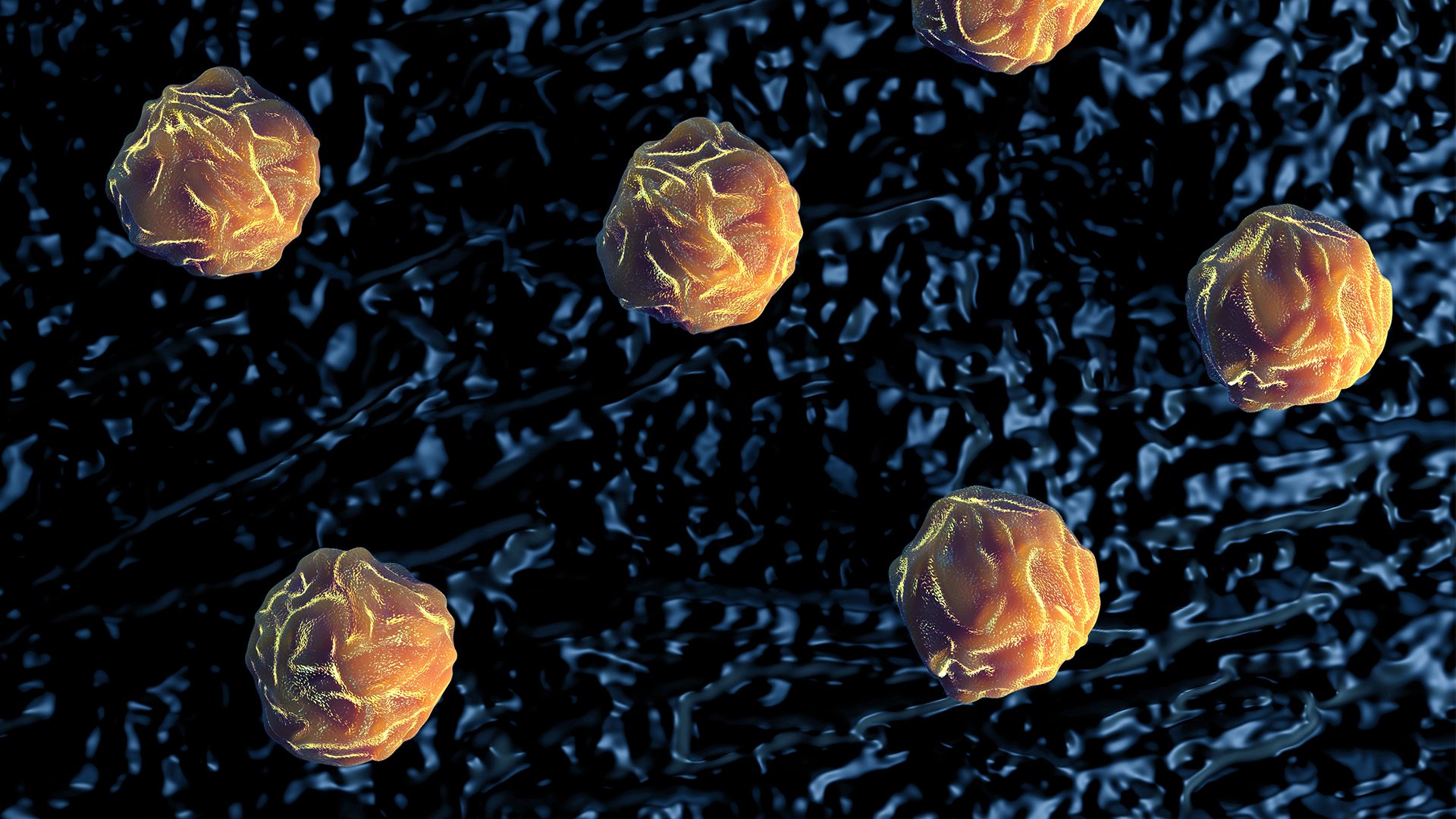Translational Cell & Tissue Engineering develops and translates advanced technologies to enhance or restore function at the molecular, cellular, and tissue levels. Hopkins BME is leading an effort in Translational Cell and Tissue Engineering that bridges discovery, innovation, and translation through basic science, engineering, and clinical endeavors.
Education in Translational Cell & Tissue Engineering
Our curriculum spans a variety of novel methods that harness the power of cells, materials, and advanced therapeutics to promote tissue repair and to treat disease. Students develop new techniques and biomaterials to guide cell behavior and reconstruct damaged tissues and organs.
Research in Translational Cell & Tissue Engineering
Our students and faculty are pioneering approaches to augment tissue regeneration and treat disease. Key research areas include:
-
Molecular and Cellular Biotechnologies
We are inventing new biological technologies to construct novel cellular microenvironments, create targeted drug delivery platforms, and engineer cell function both ex vivo and in vivo.
-
Instructive Materials
We are controlling the signals that regulate cellular responses at the macro and nanoscale through high-throughput synthesis and screening platforms, 3-D printing tools, and functional materials design.
-
Cellular Therapeutics
We are reprogramming cells as living therapies for targeted treatment of diseases.
-
Biomanufacturing
We are enabling the translation of biological and cellular technologies for the emerging global bioeconomy.
-
Computational Regenerative Engineering
We are working to understand the dynamic behaviors of cells integrated across multiple length scales, ranging from molecules to tissues.
-
Systems Biology
In order to design improved therapies, we are working to first break down complex cell and tissue responses to identify essential targets.
Core Faculty

















